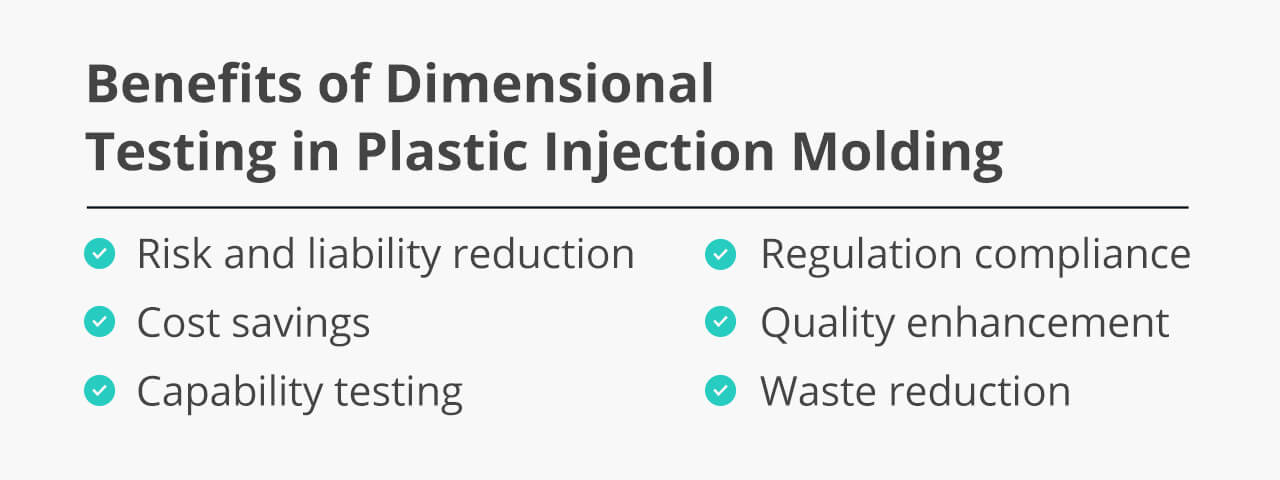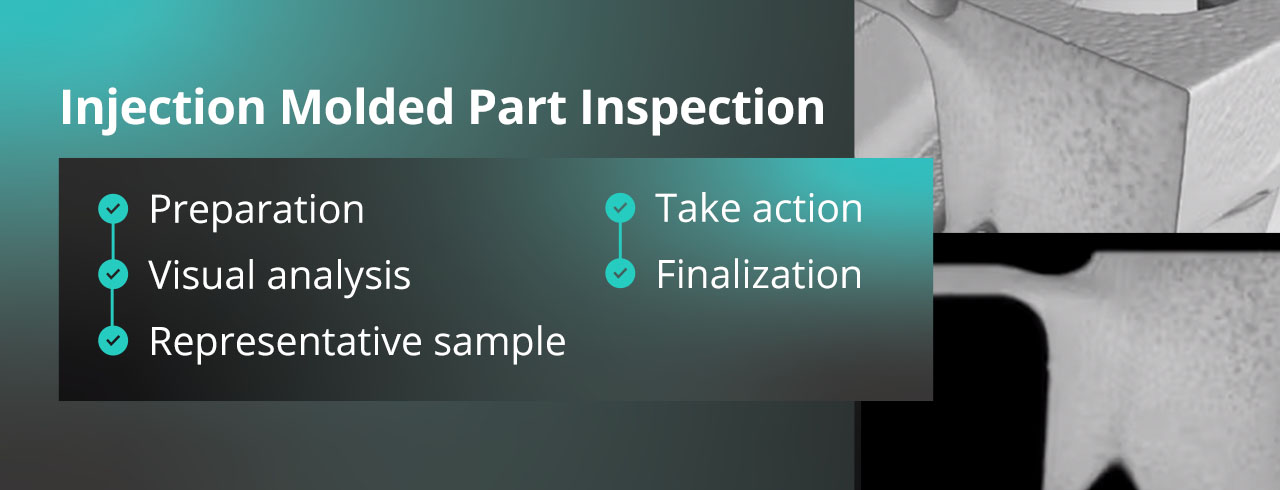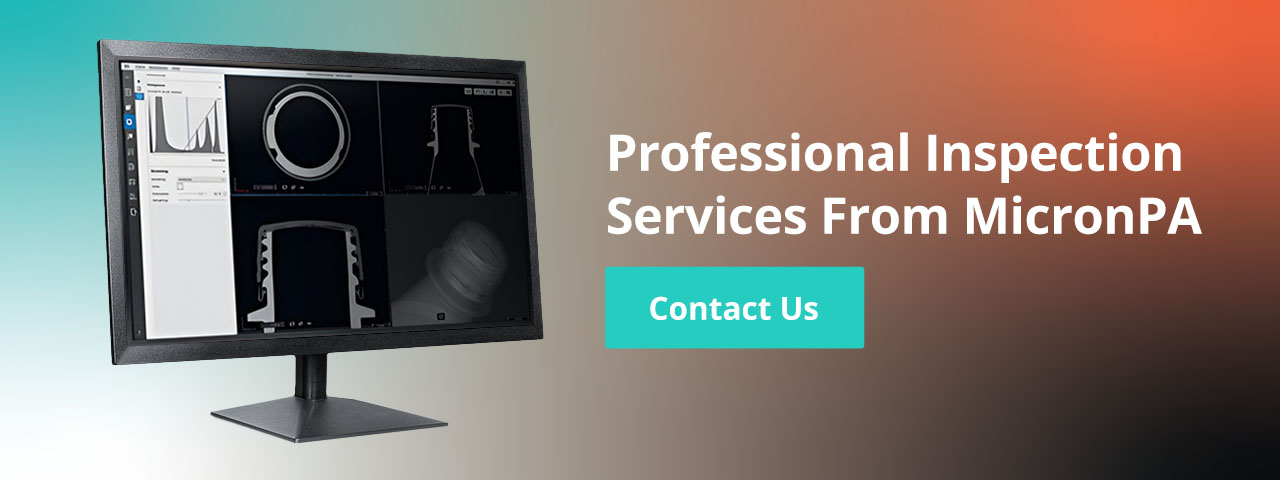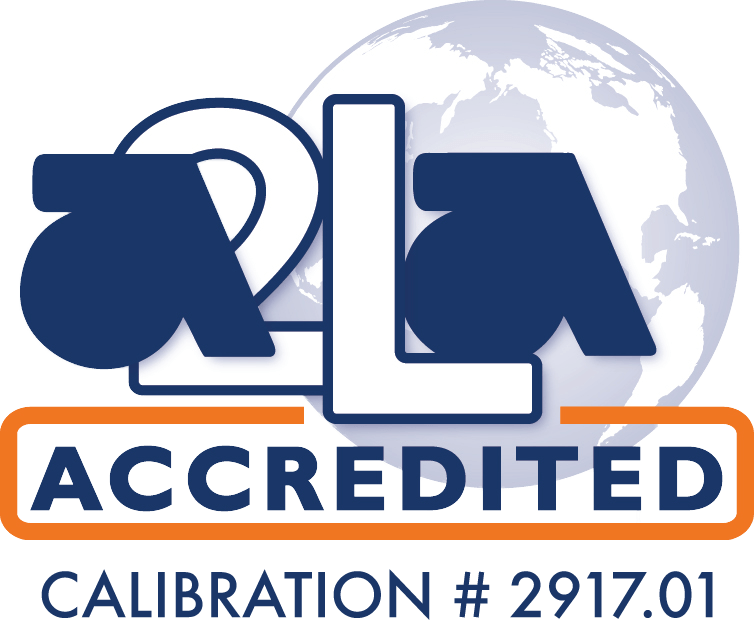Dimensional inspection for plastic molding is a critical part of the production process. This step is when inspectors use specialized tools to analyze metal or plastic manufacturing components to note their physical characteristics, such as thickness, roundness or flatness, tolerance, texture and size. It’s especially crucial for industries like aerospace, defense and pharmaceutical manufacturing, which rely on micro-level accuracy.
Understanding the Importance of Dimensional Inspection for Plastic Molding
The benefits of dimensional testing in plastic injection molding span all sectors.

- Risk and liability reduction: Close inspections let you catch even the smallest deformities or structural inaccuracies and correct them before wrapping up the final product.
- Cost savings: Identifying and remedying problems early — especially before bulk production — spares you from costly errors that could impact your bottom line and reputation.
- Capability testing: Testing your product during each stage lets you measure how well it resists various environmental conditions and external forces.
- Regulation compliance: Perform well on industry audits by ensuring your products meet each stringent requirement.
- Quality enhancement: Enhance your product’s quality — and your company’s reputation — by delivering on your promised features and crafting items free of defects.
- Waste reduction: Human and machine error, such as machinery that needs recalibrating or placement miscalculations, can result in excessive product waste that damages your bottom line and raises production costs.
Plastic Molded Parts Measurement Solutions
Inspectors perform the following steps during a dimensional analysis.
- 3D scanning: Examining your product’s three-dimensional shape and how its various components physically interact gives you a more comprehensive view of the final result. If some parts prove incompatible, you’ll have a chance to adjust as needed.
- Color examination: Look closely at the product’s color variances to identify deformities and meet industry requirements.
- Cross-section analysis: Advanced inspectors have the experience and equipment to perform cross-sectional analysis without damaging the sample, saving you time and money.
MicronPA’s Dimensional Inspection Tools
Our professionals use various equipment to complete these inspections.
- Scanners: Tools such as light and laser scanners — which measure surface distances — give a detailed, precise recording. They’re valuable for examining items you cannot handle or touch.
- Coordinate measuring machines: CMMs range in size, but all include a probe that either automatically or manually moves across the surface via multiple axis coordinates. They work in tandem with computer software to digitally convert positioning and measurements.
- Air metrology instruments: These tools measure air pressure and flow changes to determine various aspects like thickness and bore.
- Calipers: Calipers are hand tools that let you measure distances between sides, internally and externally. Many of today’s calipers are digital and feature Wi-Fi or software compatibility.
- Gauges: Inspection incorporates numerous gauges, including those that measure volume, height, bore, diameter, length and thread. They can be electronic or mechanical.
- Vision systems: Vision systems use a combination of charges, lights and software to generate digital images to measure accuracy and dimensions without physical contact.
- Micrometers: Internal and external micrometers measure everything from depth and height to roundness and thickness. Like gauges, they come in manual and digital formats.
Depending on the level of inspection required, these tools might adhere to standards set by organizations like the International Standards Organization and the International System of Units.
Injection Molded Part Inspection
You can — and often should — perform dimensional inspections during the process and upon completion. Here’s what that looks like.

- Preparation: Proper inspection requires an easily accessible, well-lit location. This stage is also when you’ll clean the item and remove any production debris.
- Visual analysis: Use tools to assess all aspects of the product, including its color, weight, height, width, length, texture, appearance, resistance and more.
- Representative sample: Some inspections benefit from pulling a product sample for a more in-depth examination instead of handling each item separately.
- Take action: The next step depends on the inspection’s results — if everything is good to go, you can continue to the final phase and proceed with production. If there are discrepancies or defects, you’ll return to that production stage to make the necessary changes before repeating the inspection process.
- Finalization: Finalize inspection by documenting the results, including all dimensions and tests performed. Note what actions you took in response, plus any sample sizes or other indicators.
Addressing Pain Points in Dimensional Inspection for Plastic Molding
Inspection lets you identify and address these common pain points and more:
- Warpage, bending or waviness
- Variances in plastic shrinking
- Uneven mold temperatures
- Air bubbles and pockets
- Jetting
- Flash
- Burning and melting
- Thickness and unevenness
- Wrinkles and deformation
- Discoloration and black spots
- Sinks
- Flow and weld lines
- Rust and deterioration
- Delamination
- Voids and vacuums
These issues result from things like uneven cooling, excessive heat exposure or trapped air that occur naturally during production. Other common errors include loose clamps, incorrect injection speeds and leaking or residual resin.
Trust MicronPA as Your Partner for Dimensional Inspection
As a one-stop destination for calibration and analysis, MicronPA is your answer to non-destructive dimensional inspection. We’re the only lab in the area that can handle 120-length standard ISO/IEC 17025:2017 inspections. Our accreditation lets us provide audit-ready certifications overseen by trained technicians at either our on-site lab or directly at your place of production.
We use the following methods to ensure your final product’s accuracy, quality and compliance.
- Non-contact scanning: Computed tomography scans give us a three-dimensional map to analyze your item’s interior and exterior without damage or interference. Paired with non-contact vision systems, your product’s final integrity is safe with us.
- First article inspection: FAI lets us get an up-close look at each component before production is completely underway, saving you the time and costs associated with last-minute finds.
- Capability studies: We use statistical measures and various specialized equipment to ensure your product meets specifications and withstands various external conditions.
- Single-point probing: The Zeiss Contura CMM gives us access to single-point scanning for minimal product contact with digital results.
- Repeatability and reproducibility: R&R calculates product variations to compare and confirm measurement accuracy.
- Geometric dimensioning and tolerancing analysis: Inspectors use GD&T to closely examine each product model for dimensional consistency.
Our commitment to professionalism and innovation has let us work with several industries, including but not limited to, aerospace, medical device, defense, automotive and pharmaceutical manufacturers.
Professional Inspection Services From MicronPA
MicronPA is an ISO/IEC 17025: 2017 accredited facility with ISO 9001 certification and industry-leading turnaround times. Contact us today to schedule your dimensional inspection or calibration services!


